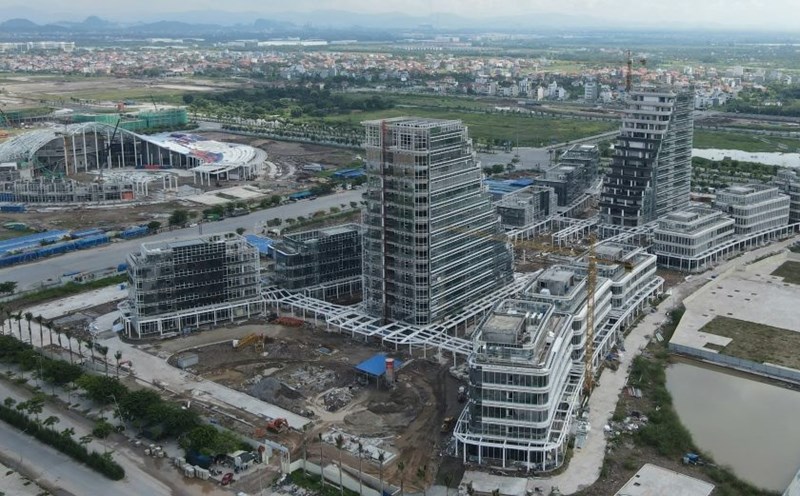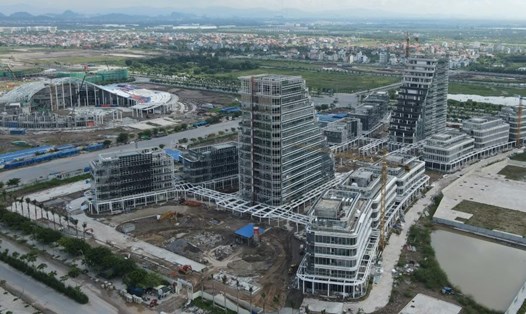According to the Project, 207 current commune-level administrative units (151 communes, 46 wards, 10 towns) after the arrangement, there will be 64 commune-level administrative units (including 21 wards, 43 communes), reducing 143 commune-level administrative units (reducing 118 communes, towns and 25 wards).
In particular, the new communes and wards are mainly expected to be renamed after the old district-level administrative units and have additional serial numbers.
For example, commune-level administrative units in Tu Ky district after the merger will have the names: Tu Ky 1, Tu Ky 2, Tu Ky 3...
The commune-level administrative units in Hai Duong City after the merger will be named: Hai Duong 1, Hai Duong 2, Hai Duong 3...
The commune-level administrative units in Ninh Giang district after the merger will be named: Ninh Giang 1, Ninh Giang 2, Ninh Giang 3...
According to the People's Committee of Hai Duong province, the new administrative units after the arrangement are mainly named after the names of the old district-level administrative units, along with the order numbers to distinguish, ensuring ease of remembering and easy management.
Meanwhile, in neighboring provinces and cities, including Quang Ninh, only the names of old district-level administrative units are given to the new communes and wards in the center to preserve the old locations; other communes and wards can choose to take the names of the old communes and wards or a new name instead of using the Sequential numbers.
In Ha Long City, Hong Hai and Hong Ha wards, located on the shore of Ha Long Bay, after the merger, are named Ha Long ward.
In Cam Pha city, 5 commune-level administrative units will be merged in their original state, including: Cam Trung ward, Cam Thanh ward, Cam Tay ward, Cam Binh ward and Cam Dong ward to form a new ward named Cam Pha.
In Dong Trieu city, 5 communes and wards, including: Thuy An, Nguyen Hue, Hung Dao, Duc Chinh, Hong Phong, will be merged into Dong Trieu ward...
In some provinces and cities, initially, new commune-level administrative units were also named in order, but later changed and priority was given to choosing names associated with historical relics, lands...











